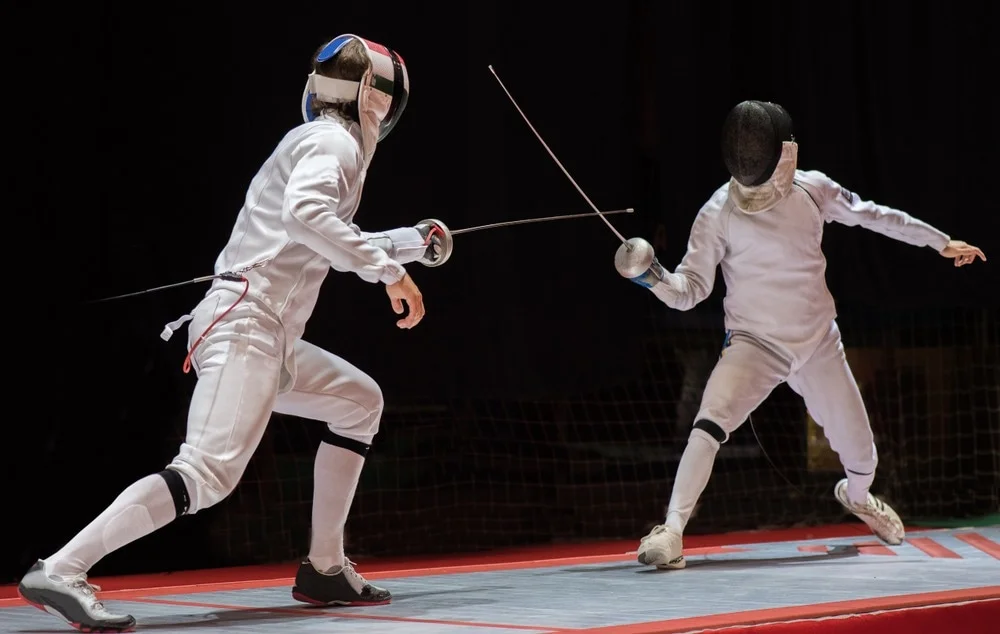The Thrill of Competition: A Look into the World of Competitive Fencing
Fencing is a centuries-old sport that has captivated audiences with its speed, agility, and strategy. From ancient Greece to
modern-day tournaments, fencing has evolved into a highly competitive discipline that requires skill, precision, and mental
toughness. In this article, we’ll delve into the world of competitive fencing, exploring its history, rules, and exciting
tournament scene.
A Brief History of Competitive Fencing
Competitive fencing has its roots in medieval Europe, where knights would engage in duels to settle disputes and demonstrate their
martial prowess. Over time, fencing evolved from a practical art of warfare to a sport governed by strict rules and regulations.
In the late 19th century, the first modern fencing tournaments were held in Paris, France, where the French Fencing Federation
(FFF) established the basic rules for foil and épée competitions. The International Fencing Federation (FIE), founded in 1896,
standardized global competition guidelines and oversaw international events.
The Three Sword Types
Competitive fencing involves three distinct sword types: foil, épée, and sabre. Each has its unique characteristics, rules, and
strategies:
- Foil: A lightweight blade with a small guard, the foil emphasizes speed, agility, and strategy.
- Épée: A stiffer, more rigid blade with a larger guard, the épée focuses on accuracy and precision.
- Sabre: A curved blade with a wide guard, the sabre combines speed and aggression with defensive techniques.
Rules of Competitive Fencing
Competitive fencing follows strict rules to ensure fair play and equal competition:
- Scoring system: Points are awarded for valid hits, with each hit scored at 5 points in foil and épée, and 3-4 points in
sabre. - Time limits: Each match has a time limit (typically 3 minutes), during which fencers must score the required number of hits
to win. - Penalties: Fencers incur penalties for unsportsmanlike conduct or failure to maintain proper fencing stance.
- Winning criteria: The fencer with the most points at the end of the match is declared the winner.
Tournament Structure
Competitive fencing tournaments follow a standard structure:
- Round Robin: Fencers compete in groups, with each participant facing every other competitor in their group.
- Elimination rounds: Winners advance to the next round, while losers are eliminated.
- Finals: The last fencer standing competes for the championship title.
The World of Competitive Fencing
Competitive fencing has a global following, with top athletes competing at international tournaments and major championships:
- FIE World Championships: Held every two years, these events bring together the world’s best fencers to compete in all three
sword types. - Olympic Games: Fencing is one of the 28 sports featured at the Olympic Games, with medals awarded in each sword type.
- Grand Prix Series: A series of international tournaments that showcase top-level competition and prepare athletes for major
championships.
The Thrill of Competition
Competitive fencing is a high-energy sport that combines physical skill, mental toughness, and strategic thinking. Fencers must be
prepared to face intense pressure, manage their nerves, and adapt to changing situations on the piste (fencing strip).
For those who love the thrill of competition, fencing offers an electrifying experience that’s hard to find in other sports:
- Speed: The speed at which fencers move is breathtaking, with top athletes reaching speeds of up to 25 miles per hour.
- Agility: Fencers must navigate a narrow strip while maintaining balance and control over their blades.
- Strategy: Competitive fencing requires mental calculation, anticipation, and adaptation to outmaneuver opponents.
Conclusion
Competitive fencing is an electrifying sport that combines speed, agility, and strategy. From ancient duels to modern-day
tournaments, fencing has evolved into a highly competitive discipline that demands skill, precision, and mental toughness. Whether
you’re a seasoned athlete or a curious spectator, the thrill of competition in fencing is sure to captivate and inspire.

Leave a Reply